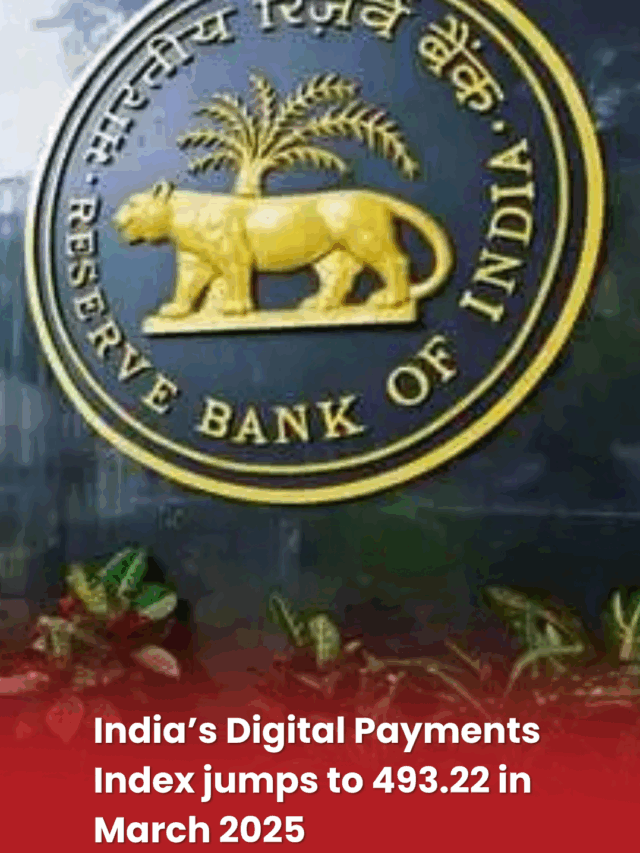The state of Tamil Nadu, particularly the capital city Chennai, is currently experiencing relentless heavy rains that began late Tuesday night. As of the early hours of Wednesday, November 13, 2024, these intense rains, accompanied by gusty winds, continue to affect several districts across the state. Major areas in Chennai, including Perungudi, Velachery, Durai Pakkam, and Taramani, have been heavily impacted by the downpour. The Meteorological Department has forecasted that these weather conditions will persist, and there is no immediate relief expected from the rain. This ongoing weather pattern has prompted the authorities to declare holidays for schools in three districts as a precautionary measure.
Heavy Rains and Gusty Winds Sweep Across Chennai
The current weather conditions in Chennai and surrounding areas are the result of a low-pressure system affecting Tamil Nadu. Starting on Tuesday night, heavy rains and strong winds hit the region, leading to waterlogging in many areas, making roads slippery and difficult to navigate. The relentless showers have not only created inconveniences for the residents but have also started impacting infrastructure and daily life. The heavy rains continue to batter Chennai with no signs of stopping, marking the second consecutive day of continuous rainfall.

Areas Affected by Heavy Rains
Several neighborhoods and suburbs of Chennai, including Perungudi, Velachery, Durai Pakkam, and Taramani, have been hit the hardest. These areas have seen significant water accumulation on the streets, causing traffic disruptions. In many parts of the city, public transportation has been affected, and commuters are facing delays. Local residents are advised to remain cautious while traveling, as waterlogged streets and slippery roads increase the risk of accidents.
Weather Alerts Issued in Tamil Nadu
To help the public and local authorities prepare, the Meteorological Department has issued several alerts based on the severity of the expected rainfall:
- Orange Alert: Villupuram, Cuddalore, Mayiladuthurai, Thanjavur, Tiruvarur, and Nagapattinam districts have been placed under an orange alert. This level of warning indicates that residents should prepare for potentially hazardous weather conditions, as heavy rain may lead to localized flooding, disruption of transportation, and potential property damage. Authorities are closely monitoring these districts and have advised residents to stay indoors as much as possible.
- Yellow Alert: Chennai, along with nearby districts including Thiruvallur, Kancheepuram, Chengalpattu, and Vellore, is under a yellow alert. This alert indicates a moderate risk of severe weather, with the possibility of heavy rainfall in short bursts. People are advised to stay vigilant, avoid unnecessary travel, and watch for further updates from weather authorities.
Impact of Heavy Rain on Daily Life in Chennai
The continuous downpour has created waterlogging in many parts of Chennai, affecting the flow of traffic. Reports indicate that some areas have seen minor damages, with loose or unsecured structures suffering from the strong winds and rain. Several incidents of property damage have been reported as the city’s infrastructure grapples with the unrelenting rainfall. Public transportation, including buses and trains, is facing delays due to waterlogged tracks and streets. Pedestrians and drivers are urged to exercise caution, as many roads have become slippery, increasing the likelihood of accidents.
School Holidays Declared in Three Districts
In response to the intense rainfall and weather forecasts, authorities have declared school holidays in three districts. This decision has been taken as a precaution to ensure the safety of students, teachers, and school staff, especially given the possibility of traffic disruptions and challenging travel conditions. Parents are advised to monitor updates from local government channels for information on when schools will reopen.
Causes of the Heavy Rainfall in Tamil Nadu
The heavy rainfall experienced in Tamil Nadu is largely due to a low-pressure system formed over the Bay of Bengal, which has intensified due to favorable atmospheric conditions. This type of weather is not uncommon in Tamil Nadu during the northeast monsoon season, which generally lasts from October to December. During this period, the state often experiences significant rainfall, as moisture-laden winds from the Bay of Bengal bring rain to coastal areas, including Chennai.
The northeast monsoon season is a critical time for Tamil Nadu as it provides a significant portion of the state’s annual rainfall, crucial for agriculture and water storage. However, excessive rain during this period can also lead to flooding and disruptions, particularly in urban areas like Chennai, where drainage systems often struggle to cope with large volumes of water.
Precautions and Safety Tips for Residents
With the heavy rains expected to continue, authorities have advised residents to take precautions to ensure their safety and minimize potential risks:
- Avoid Non-Essential Travel: Waterlogged roads and slippery conditions make driving hazardous. Residents are advised to avoid travel unless absolutely necessary, and to take public transportation options where available.
- Stay Informed: Regularly check updates from the Meteorological Department and local authorities for the latest weather forecasts and alerts.
- Secure Loose Items: In areas prone to strong winds, it’s important to secure any loose items, such as outdoor furniture or potted plants, to prevent them from becoming projectiles in the wind.
- Stay Indoors During High Winds: Gusty winds accompanying the rain can lead to falling branches or other debris, making it safer to stay indoors.
- Charge Essential Devices: Power outages are possible during severe weather, so it’s wise to keep phones and other essential devices charged in case of emergencies.
Government and Local Authorities’ Response
The government and local authorities are actively working to manage the situation, deploying resources to handle waterlogging and traffic disruptions. Municipal workers have been dispatched to clear drains and remove obstructions, while traffic police are on duty at major intersections to manage congestion. Public transport schedules are being adjusted to minimize delays, and emergency services are on high alert to respond to any incidents.
In addition, the state government has set up emergency helplines for residents who may need assistance due to flooding or property damage. These helplines are intended to provide support for any residents affected by the rains, including those in need of temporary shelter, medical aid, or transportation.
The Role of the Northeast Monsoon in Tamil Nadu’s Climate
Tamil Nadu is unique in that it receives the majority of its rainfall during the northeast monsoon, which typically begins in October and lasts until December. This monsoon is vital for replenishing the state’s water resources, especially in regions that rely on seasonal rainfall for agriculture and drinking water supply. However, the northeast monsoon also brings the risk of heavy rains that can overwhelm urban drainage systems and lead to flooding, especially in coastal cities like Chennai.
The northeast monsoon is influenced by several meteorological factors, including the formation of low-pressure systems over the Bay of Bengal. These systems can bring intense rainfall to Tamil Nadu and neighboring states, especially when combined with favorable atmospheric conditions. The state government and weather authorities closely monitor these systems during the monsoon season to provide early warnings and mitigate potential impacts.
Long-Term Solutions for Flood Management in Chennai
The recurring issue of waterlogging in Chennai during the monsoon season highlights the need for long-term infrastructure solutions to manage excess water. The city has been investing in improvements to its drainage system, but rapid urbanization and climate change have increased the challenge of effectively managing heavy rains.
Urban planners and environmental experts have suggested several strategies to reduce flooding, including the construction of additional stormwater drains, the expansion of green spaces to absorb rainwater, and the establishment of water retention ponds. In addition, raising public awareness about responsible waste disposal can help prevent drains from becoming clogged with debris, which contributes to waterlogging.
Conclusion
The heavy rains in Tamil Nadu, particularly in Chennai, have led to significant disruptions and posed challenges for residents and authorities alike. With the rainfall expected to continue in the coming days, residents are advised to stay informed and take necessary precautions. The state government and local authorities are actively managing the situation and are on standby to provide support in case of emergencies. As the state faces the impacts of the northeast monsoon, the rains serve as a reminder of the importance of long-term infrastructure planning to make Tamil Nadu’s urban areas more resilient to extreme weather events.
Follow us for more
















